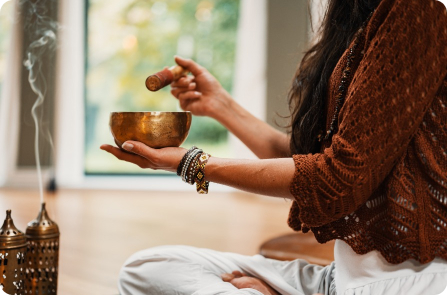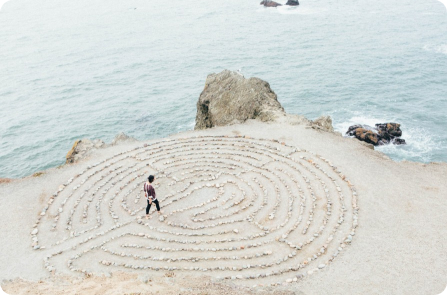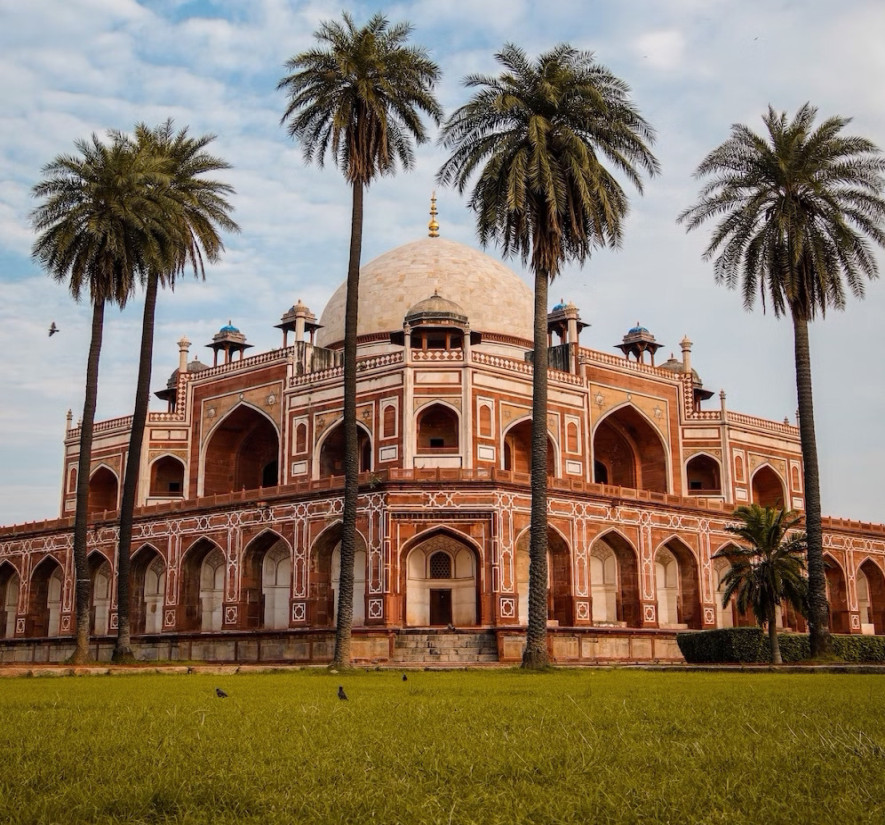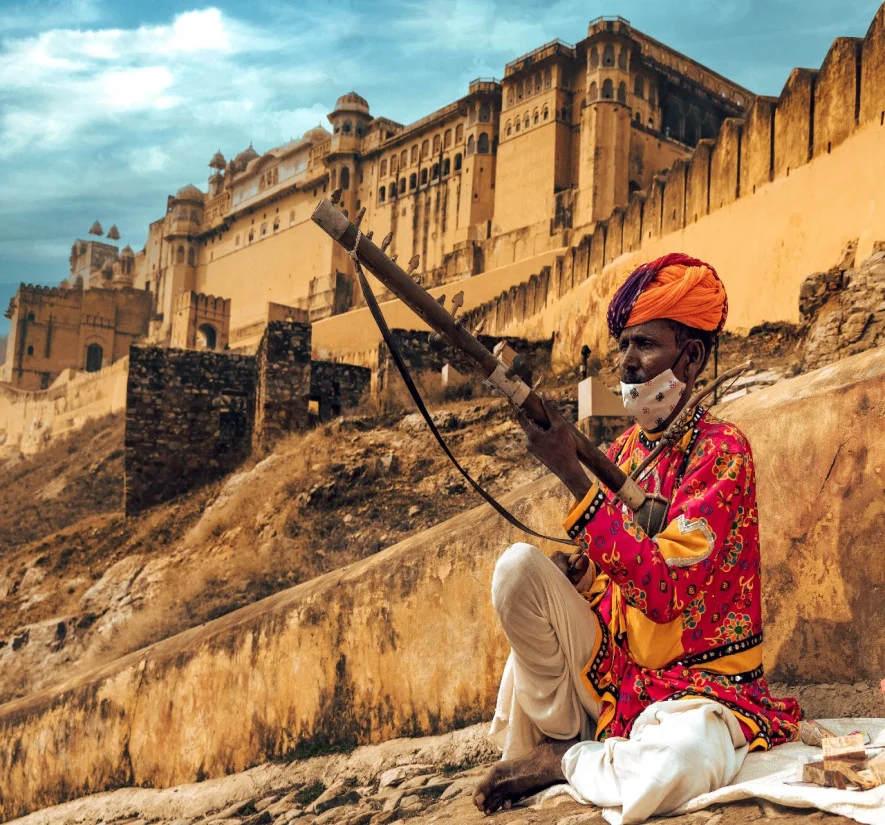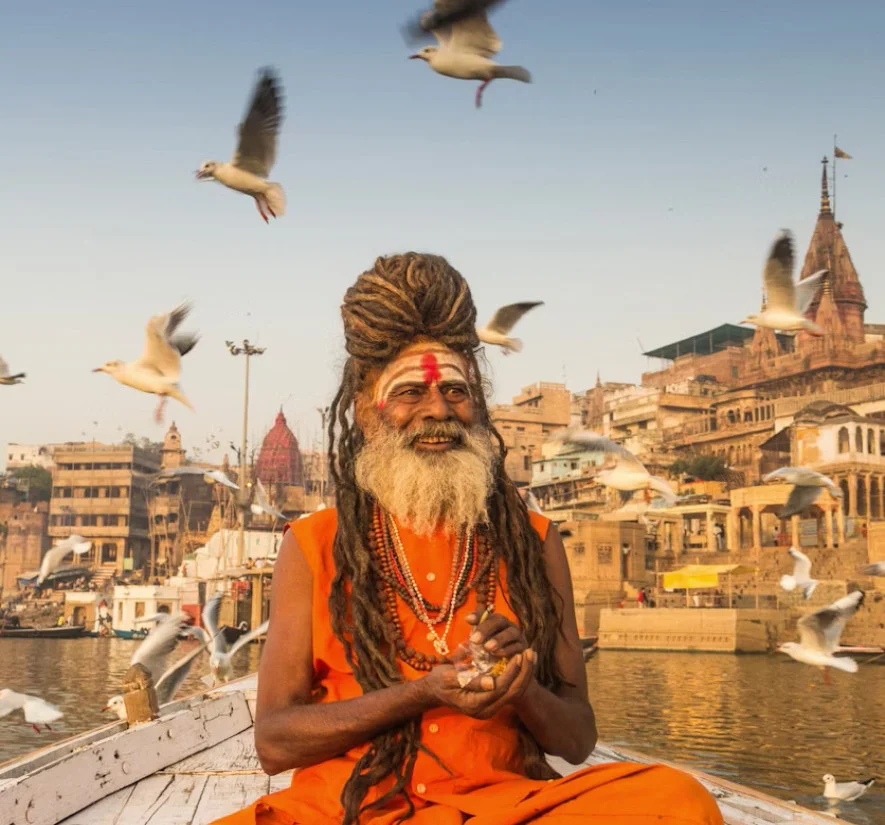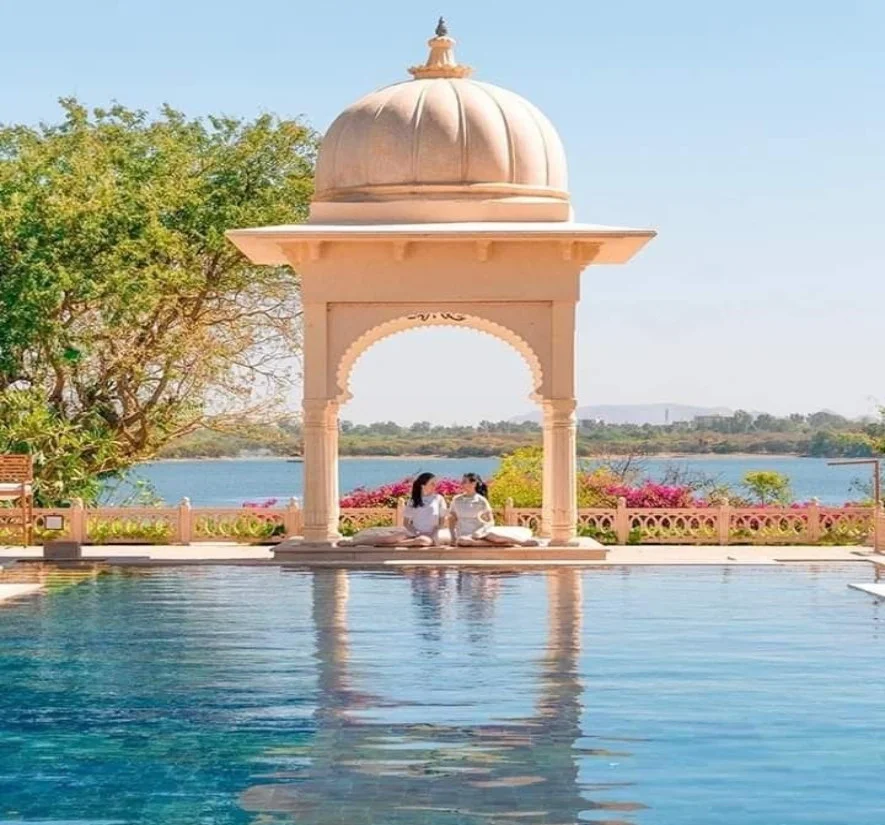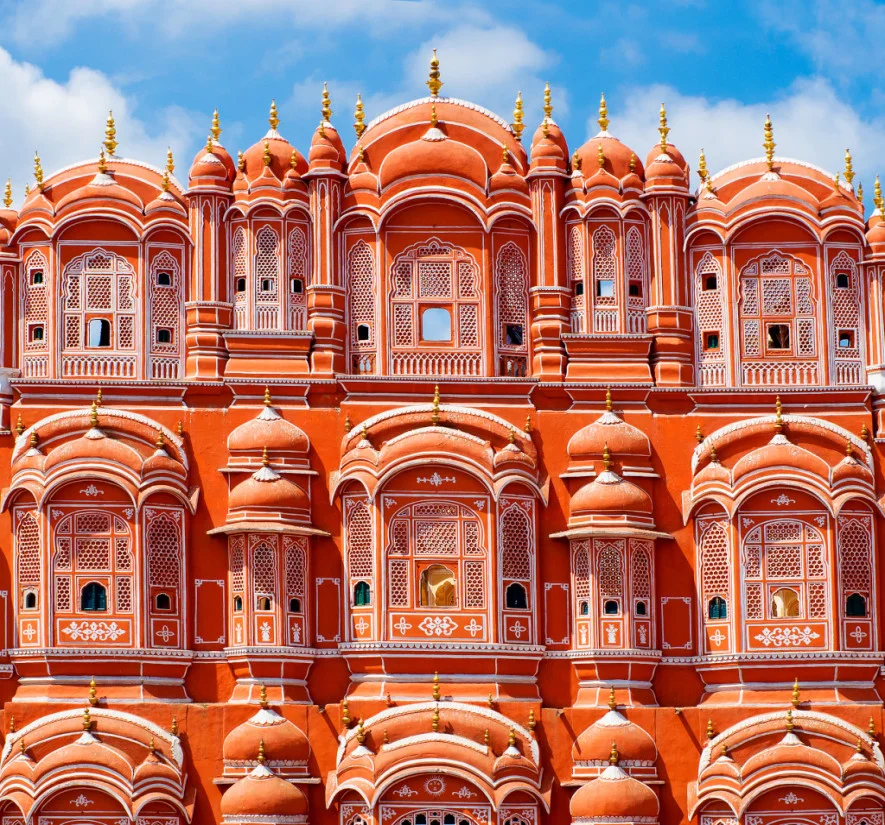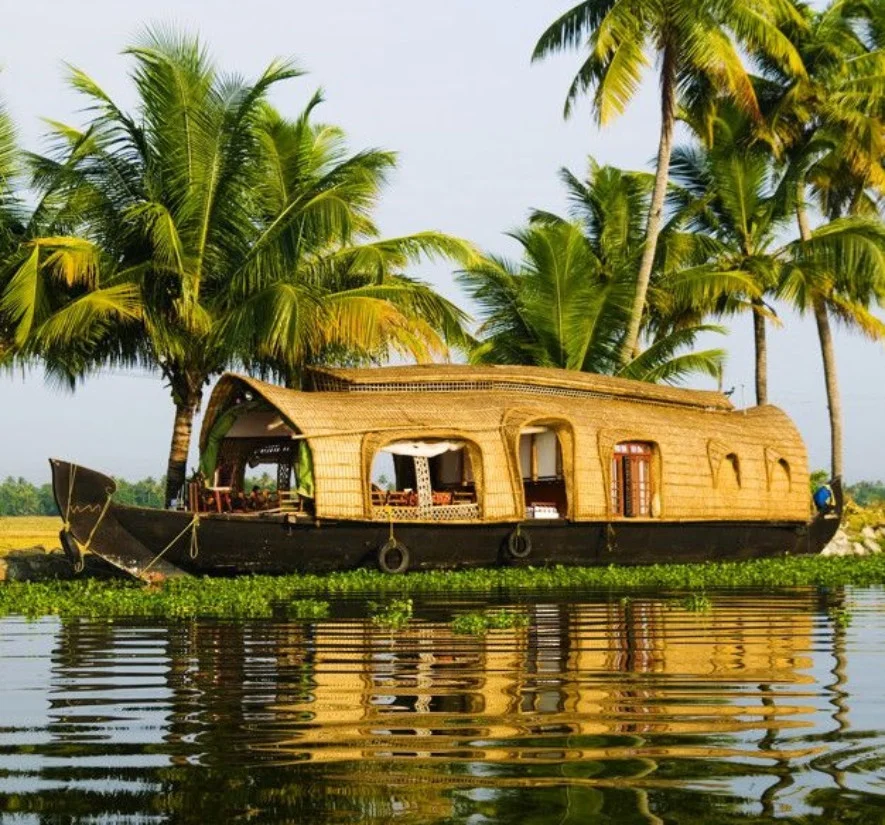GOLDEN TRIANGLE TOUR INDIA
The City of Agra needs no introduction; it is home to one of the most recognized addresses in the world – The Taj Mahal!
The first capital of the mighty Mughal empire, the ancient town saw several generations of the Mughals rule the mammoth kingdom of Hindustan and is proud heir of the Mughal architectural legacy; three UNESCO Sites – The Exquisite Taj Mahal, The Majestic Agra Fort and The Abandoned city of Fatehpur Sikri, Agra are wonderful examples of the confluence of the Islamic & Indian architecture.
Not just the monuments but a centuries-old centre for art, crafts, culture, cuisine, festivals & Fairs and some amazing markets the city of has beholds some amazing tales from the Mughal times.
Let our expert travel planners and passionate local guides take you on some of the most memorable outings in the city.
Sunil Gupta

Popular Day Trips
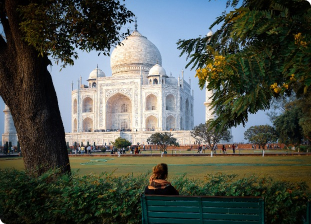
30% off
Best Seller
Day Trip to Taj Mahal by Superfast train
 100 Reviews
100 Reviews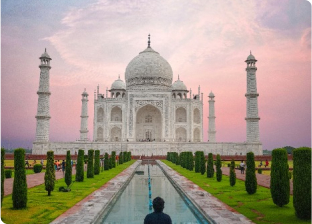
30% off
Best Seller
Day Trip to Taj Mahal by Superfast train
 100 Reviews
100 Reviews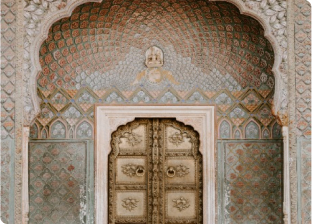
30% off
Best Seller
Day Trip to Taj Mahal by Superfast train
 100 Reviews
100 Reviews
30% off
Best Seller
Day Trip to Taj Mahal by Superfast train
 100 Reviews
100 ReviewsWhat you'll receive
Personalized Tours
Every tour we offer can be personalized based on your preferred pace, start & finishing times, mode of transport, dietary requirements and preferred language.
Local guides
Our team of passionate local guides born and raised in the backyard of the Taj Mahal are familiar with every nook and corner of the city are the key to the most memorable touring experiences.
Unbeatable Support
We’ve got your back! Our dedicated support team is available throughout the tour for any support guidance and to answer any queries you may have.
Expert Planning
All the tours are curated by locals who have been in the touring industry for several years and have first-hand experience leading tours and in-depth knowledge of all aspects of the city.

Magical Views: Splendid Taj Mahal At Sunrise
If you have a bucket list of destinations you want to witness in the Golden Triangle, putting anything else above the Taj Mahal would be a grave mistake.
Considered one of the “Seven Wonders of the World”, this amazing historical landmark is located on the banks of the ancient Yamuna (Jamuna) River in the city of Agra in Uttar Pradesh.
This shimmering ivory-white monument inspired lovers, artists, architects, historians, and creators for centuries. Commissioned by Emperor Shahjahan in memory of his beloved wife Mumtaz Mahal in 1631, the Taj Mahal took more than two decades to build. An estimated 20,000 artisans worked on this massive project.
Witnessing a sunset at the Taj Mahal is a truly memorable experience.

Marvellous Citadel: Explore The Majestic Amer Fort
This legendary site located only 20 minutes drive from the Jaipur city center is a must-visit destination in Rajasthan.
The Amer Fort which was built in the 1590s served as the residence-fort of the Maharaja until 1727 AD. A bulging population and growing water scarcity forced the then Maharaja Jai Singh to move the capital from Amber to what is now a city named after him—Jaipur.
The Amber Fort is a testament to the glory and splendor of a once thriving and prosperous kingdom. Sprawling over 1.5 square miles, the Amer Fort is located on a hilltop and overlooks the Maota Lake. The fort complex houses the Sheesh Mahal (Hall of Mirror), Jai Mandir (Temple), the Sukh Niwas Palace, a Diwan-i-Aam (a Hall of General Audience), and Diwan-i-Khaas (Hall of Private Audience).

Grand Mausoleums: The Humayun’s Tomb
Muqbara-i-Humayun or Humayun’s Tomb (a UNESCO World Heritage Site) is one of Delhi’s most important cultural landmarks. Commissioned by his wife Empress Bega Begum, it was constructed in the 1550s. Designed by the Persian architect Mirza Ghiyas, it is the first of many grand mausoleums that the Mughals built in India.
This red sandstone and white marble complex is laid out in the Persian style with Charbagh (four-fold gardens), with four main squares divided by four water channels. The tomb itself features a mammoth double-dome structure and arched facades inlaid with calligraphic art.
Humayun’s Tomb remains Delhi’s proudest historical attraction. We recommend that you pay a visit.

Colonial Legacy: Majestic Buildings From British Raj
Calcutta was the capital of British India until 1911. Colonial Administrative exigencies necessitated the relocation of the capital to the plains of the north and the construction of a new city. The famous British architect Sir Edwin Lutyens was commissioned by the Raj to design the new city. The result is what we now know as the city of New Delhi—India’s proud capital. Explore this splendid colonial part of Delhi.
Important landmarks that you should visit in this colonial part of Delhi include The Rajpath (Kartavya Path)— the ceremonial boulevard that runs from the India Gate to the National Stadium— the Rashtrapathi Bhavan (the official residence of the President of India) and the Parliamentary House.

Palace Of Dreams: The Magnificent City Palace
The City Palace of Jaipur is the residence of the Maharaja of Jaipur. It was the former administrative headquarters of the Kingdom of Jaipur. It became the seat of the capital when Maharaja Sawai Jai Singh II moved his capital from Amber (Amer) 10 km away to the current city of Jaipur.
Combining Mughal architectural style with Rajput tradition, the magnificent City Palace is considered the grandest of palaces in a state with brims with hundreds of palaces and Havelis. Snuggled in the heart of the city, this palace also houses the Sawai Man Singh II Museum, and various galleries, museums, courtyards, and buildings.
The City Palace is Jaipur’s proudest royal offering to tourists.

The Abandoned City: Fatehpur Sikri – UNESCO World Heritage Site
Before Agra was the capital of the Mughal Empire, the center of power, politics, and commerce in the heart of the so-called Indo-Gangetic plains of north India was the ancient city of Fatehpur Sikri—22 miles (35 km from current day Agra).
It remained the capital of the Mughal Empire from 1571 to 1585 AD when Akbar moved his capital further north to Delhi to focus on his campaign in Punjab.
This UNESCO World Heritage Site city offers a host of great attractions to tourists, like the Tomb of Hazrat Salim Chishti, Panch Mahal, Birbal’s Palace, Buland Darwaza, and Jodha Bai’s Palace. A short trip to Fatehpur Sikri from Agra is the perfect complement to a trip to the Taj Mahal.

Old Delhi Charm: Chandni Chowk And Rickshaw Ride In The Bustling Markets
Old Delhi bristles with buzz, activity, and lots of life. If you ever need to see a place that is reminiscent of the Hindustan of the past, look no further than the old bazaars and quarters of Delhi—a labyrinth of narrow alleys and streets brimming with ancient history, lore, and mystery.
We highly recommend a trip to the old Delhi around the Chandni Chowk region. The best way to explore is either by foot to get the first-hand feel of things or aboard a rickshaw as it navigates the chaos of the landscape.

Market Magic: Shop In The Colorful Markets Of Jaipur
The markets of Jaipur have historically catered to not just the common people but also the Maharajas, Maharanis, noblemen, and aristocrats. The range of goods and commodities that these amazing old bazaars offer is immense.
Johari (Jewelry) Bazaar is one of India’s hubs for fine jewelry and pearls. In fact, one of Jaipur’s monikers “the City of Pearls” is on account of this bazaar. Tripolia Bazaar supplies its famous bangles to all parts of India. Chandpol bazaar is ideal for an ethnic handicraft hunt. Kishanpole Bazaar is the hub of traditional Rajasthani garments. Nehru bazaar is where you can grab yourself a traditional Joti (footwear) made out of camel leather.
When you are in town, be sure to take some time out to visit Jaipur’s colorful old markets.

The Lesser Known Tombs: Sikandra And Baby Taj
Agra offers so much more than just the Taj Mahal. There is the magnificent Agra Fort (former residence of the Mughal Emperor), the Gurudwara Guru Ka Taal (an important pilgrimage center for the Sikh faith), Jahangir Palace, Mehtab Bagh (garden), and the Anguri Bagh (garden).
But the two places that you should see as a prelude (or postlude) to the Taj Mahal are Sikandra (the tomb of Emperor Akbar) and the mausoleum of Itimad-ud-Daula, nicknamed the “Baby Taj.”
Small in size but significant in terms of its architectural importance, “Jewel Box” Itimad ud Daula, is known as Baby Taj (built 1622-28 AD) because it carries the blueprint upon which the iconic architect Ustad Ahmad Lahori would build the Taj Mahal a couple of decades later.

Sunset Bliss: Captivating Taj Mahal Sunset Views From Mehtab Bagh
As one of India’s most beloved tourist destinations, the Taj Mahal is always flocked by eager star-struck visitors. Catching an unhindered view of the Taj Mahal is easier said than done.
But the one place where you can get a pristine view of the Taj Mahal is from the adjacent Mehtab Bagh (Moonlight Garden) on our bespoke “Sunset Bliss” tour on the opposite side of the Yamuna. The Mehtab Bagh was built by Emperor Babur, the founder of the Mughal Empire in 1530 AD. Legend has it that it was the favorite spot of Emperor Shahjahan to view his magnificent masterpiece.

Palace Promenade: Exclusive Tour Of Private Palaces Inside City Palace
Our exclusive “Palace Promenade” tour of Jaipur’s City Palace takes you on a private heritage tour of the marvels located within the grand palace.
The seven-story Chandra Mahal gives you panoramic views of the city. Mubarak Mahal, built in the 19th century now houses a museum that showcases royal garments, textiles, Kashmiri Pashminas, Silk Sarees, and Sanganeri Shawls.
The Pritam Niwas Chowk is a courtyard with four grand gates adorned with intricate calligraphies dedicated to Lord Shiva. The Diwan-i-Aam (Hall of General Audience) comes across as an art gallery with its bright red and gold ceilings embellished with shining motifs.

Culinary Delicacies: A Cooking Demonstration At A Local Home
The Golden Triangle region is a gourmet paradise. As the crosswords for several worlds (Hindustan, Persia, Central Asia, and the large Eurasian continent) through the Silk Road, the region has amalgamated varied culinary influences.
If you are into cooking, then our bespoke “Culinary Delicacies” tour is designed for you. We take you to an authentic local home in a city of your choice, noted for its culinary excellence, where you will learn how to unlock the secrets of the local cuisine.

Adrenaline Adventures: Hot Air Balloon Ride Over Jaipur Skies
Unlike other parts of North India that are occasionally covered in haze and fog, Rajasthan due to its desert terrain and the Aravalli hills remains largely clear and blue through the year (except for a brief period during the monsoon).
Exploring the “Pink City” aboard a hot air balloon in our special “Adrenaline Adventure: Hot Air Balloon” ride is a great idea. Soar high into the Rajasthani sky and view not just the most stylish city in India but also the majestic Thar Desert and its never-ending dunes.

Be The Local: A Walking Tour Discovering Jaipur’s Local Heritage
Our Jaipur Walking Tour is an excellent opportunity for you to get up close and personal with the Pink City.
It gives you a deep dive into the everyday hum and buzz of the city, and immerse yourselves in the cultural vibe of the city beyond the usual tourist museums, palaces, and monuments. It is an opportunity to see how everyday Jaipuris live and go about their lives.

Street Food Extravaganza: A Food Tasting Tour Though Old Delhi
Delhi is famous for its cuisine—a proud legatee of its Mughal and Hindustani legacy.
Our Street Food Extravaganza Tour takes you to Delhi’s iconic traditional eateries and food stalls.
Try the lip-smacking kebab at Qureshi Kebab Corner, Chaat at Daulat (Chandni Chowk), Jalebi (pretzel-like sweet) at Old Famous (Baptist Church), Lotan ke Chole Kulche (chickpeas and flatbread) and so much more.

Wild Encounters: A Leopard Safari In The Outskirts Of Jaipur
The erstwhile Kingdom of Jaipur has its fair share of wildlife wonders as well. Birders flock to the Keoladeo (Bharat) Bird Sanctuary, and the Royal Bengal Tiger enthusiasts are drawn to the Ranthambore National Park in Sawai Madhopur. But if you are rushed for time the Jhalana Leopard Safari Park located close to the Jaipur Aiport is a great getaway.
Our exclusive Wild Encounter tour takes you to the outskirts of Jaipur in Jhalana—the land of leopards. Other notable creatures of the sanctuary are Blue Bulls, Spotted Deer, and Wild Boars.

Moonlit Wonder: Taj Mahal By The Full Moon
The Taj Mahal at night, under moonshine, just hits differently! Right in the feels. Every month, for five nights, the Taj Mahal opens for night viewing for a short period of time. These include the night of the full moon, the two nights before, and the two nights after the full moon night. Batches of 50 people each are taken for a 30-minute guided tour of the Taj Mahal starting at 8 pm.
Our “Moonlit Wonder” tour takes you on a special nocturnal tour of the Taj Mahal.

Artistry Unveiled: A Marble Inlay Workshop Visit
The Marble Inlay Art, known as “Parchin Kari” in the Persian of the Mughals, is the secret behind the artistic splendor of the Taj Mahal. It is believed that it took thousands of Parchin Kari artists (Pietra Dura stone calligraphers) some two decades to complete their process to make the Taj Mahal that wonder that it is.
Descenders of these craftsmen still operate Marble Inlay workshops in the city of Agra. Our bespoke “Artistry Unveiled” tour introduces you to this world of master craftsmanship with lessons from the maestros of the form.
Leading Bespoke Taj Mahal Tour Advisor
Book Your Taj Mahal Tour Today!
Free the wanderlust within and embark on a remarkable journey to the Taj Mahal from Delhi. Let the beauty, history, and romance of this architectural marvel captivate your heart and soul. Book your Taj Mahal tour with us today and let us curate an experience that will leave you with memories to cherish forever. Unlock the gates to a world of timeless love and architectural splendor. Join Pioneer Holidays on Taj Mahal tours from Delhi and let the magic unfold.
Frequently Asked Questions

What is the Golden Triangle tour of India?
The Golden Triangle is the most popular tourist circuit in northern India. It comprises a trio of the region’s greatest cities: Delhi (the capital of India, and a great legatee of the Mughal Empire), Agra (the home of the Taj Mahal, famous for its old-world Hindustan cultural charm), and “the Pink City” Jaipur (the capital of the state of Rajasthan, famed for its palaces, Havelis, forts, and festivals.
When you pick up a map or an atlas, these cities are located in one contiguous geographical region that resembles a loose triangle. Hence the word, the Golden Triangle.
Here are the top attractions of the Golden Triangle:
- DELHI: Red Fort, Humayun’s Tomb, India Gate, Lotus Temple, Akshardham Temple, Lodhi Garden, Jama Masjid, Gurudwara Sri Bangla Sahib, Rashtrapati Bhavan (President’s House), Chandni Chowk, and Gandhi Smriti Museum.
- AGRA: Taj Mahal, Red Fort (Agra), Fatehpur Sikri (ancient town), Gurudwara Guru ka Taal, Jama Masjid, Mehtab Bagh, Anguri Bagh, and Sikandra (Tomb of Emperor Akbar).
- Jaipur: City Palace, Nahargarh Fort, Amber Fort, Rambagh Palace, Jantar Mantar Observatory, Hawa Mahal, and the old bazaars.
Which month is best to visit Golden Triangle India?
Winter and spring (November to March) are the best time to visit this part of India. The weather is very pleasant during this time of the year. The sky remains mostly clear and temperatures range on average from 10 °C to 26 °C. The Indian winter is not very wet. The sun is usually out, and the sunshine feels very pleasant and balmy. Outdoor travel during this time of the year is a joy.
But you cannot say the same about the summer (April to July) when a wave of heat engulfs the northern plains of India with the mercury going up to 35 °C- 40 °C. The monsoon (July-September) brings with it torrential rain and considerable humidity. Outdoor travel during summertime and the monsoon is quite challenging. But it is also the cheapest time to visit, and it is the ideal time for tiger-spotting and wildlife safaris (as the animals congregate around water bodies).
How many days do you need for India Golden Triangle?
The Golden Triangle is a kaleidoscope of natural and cultural wonders. If you rush through your trip, chances are you will miss a lot!
We estimate that you need 7 to 10 days for a well-rounded trip to the region.
Is India's Golden Triangle worth visiting?
Absolutely. Some of India’s greatest landmarks like the Taj Mahal, Red Fort, Humayun’s Tomb, City Palace, Amber Fort, Nahargarh Fort, and the ancient city of Fatehpur Sikri are located in this region.
No other region in India offers you so much splendor, heritage, and cultural allure as the Golden Triangle. That’s the reason why, the Golden Triangle, remains India’s leading tourist circuit for international tourists.

